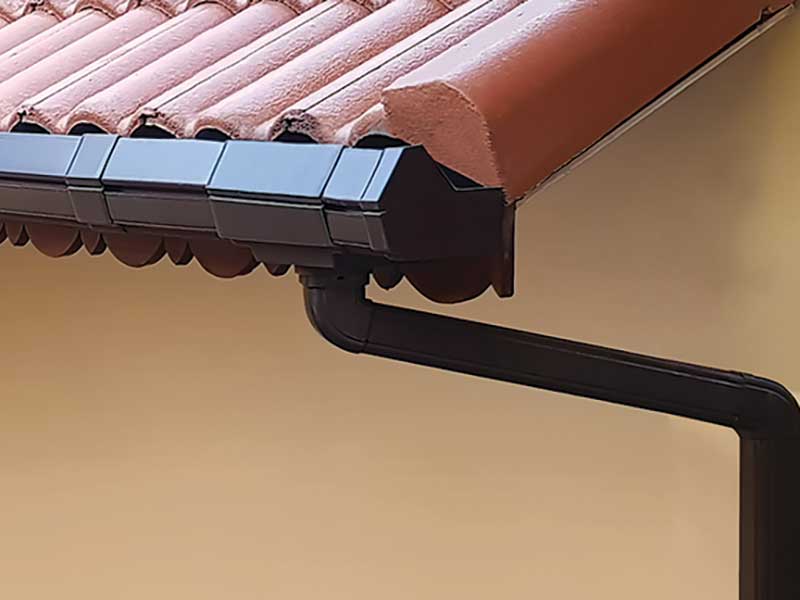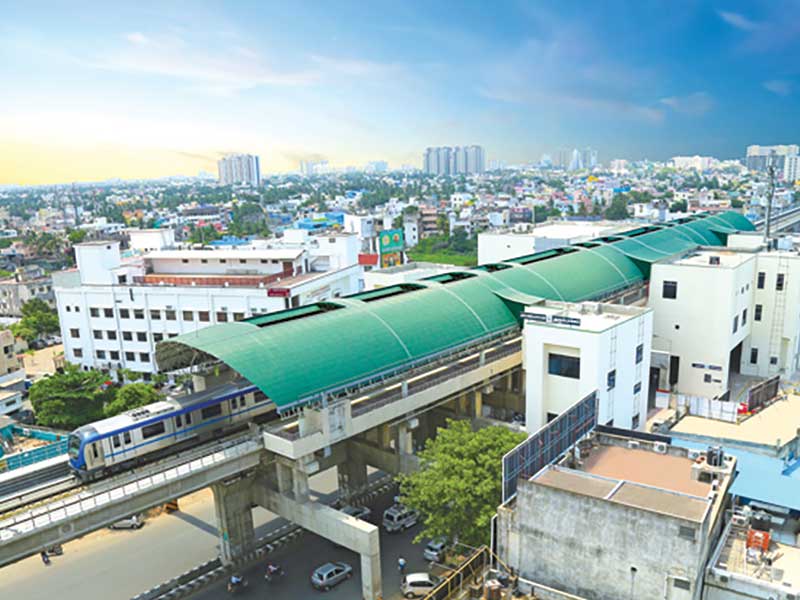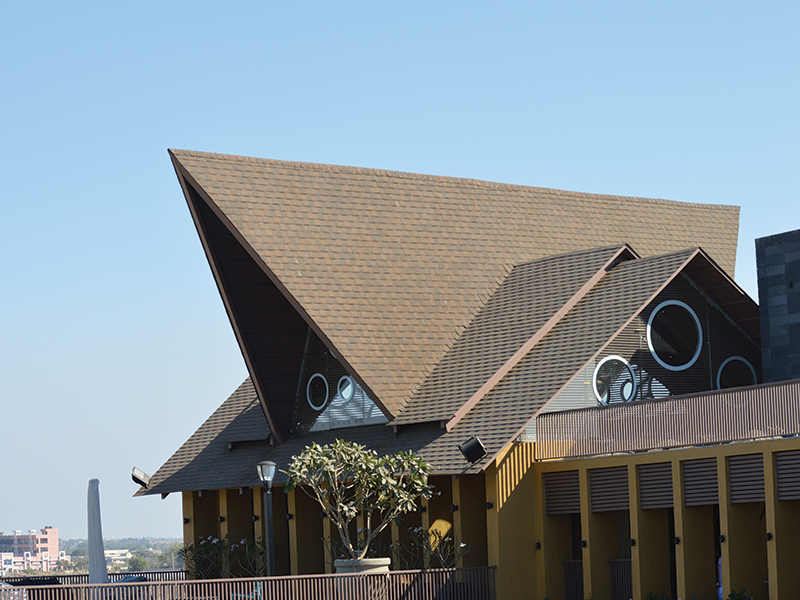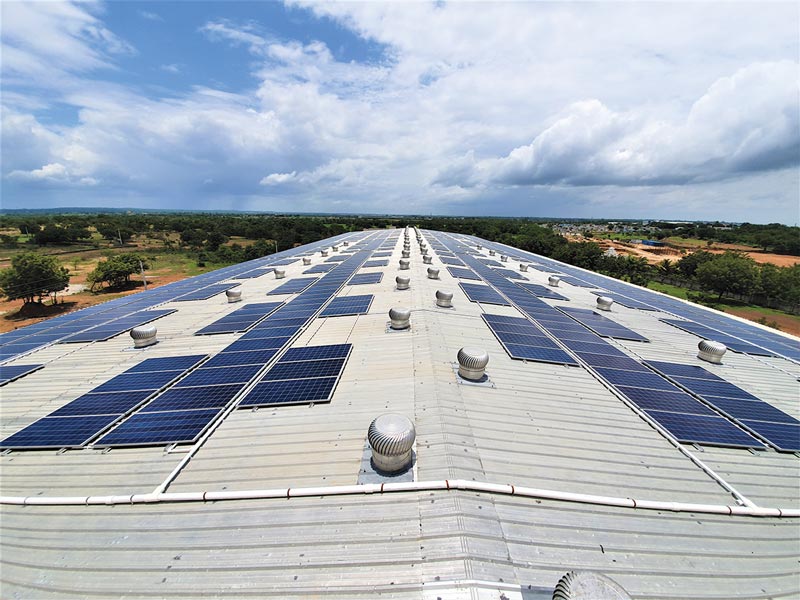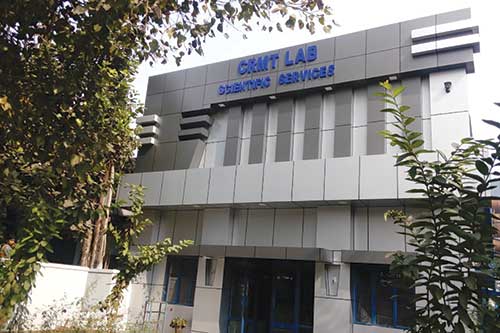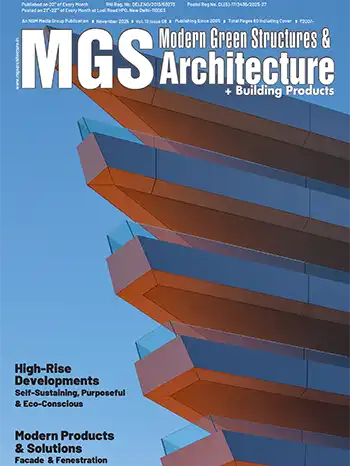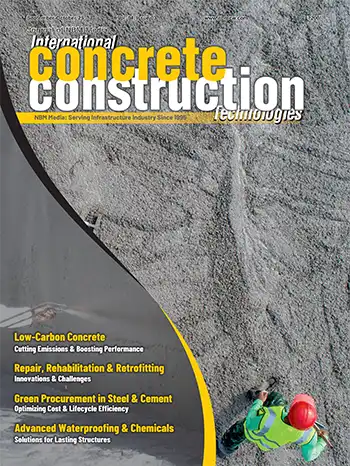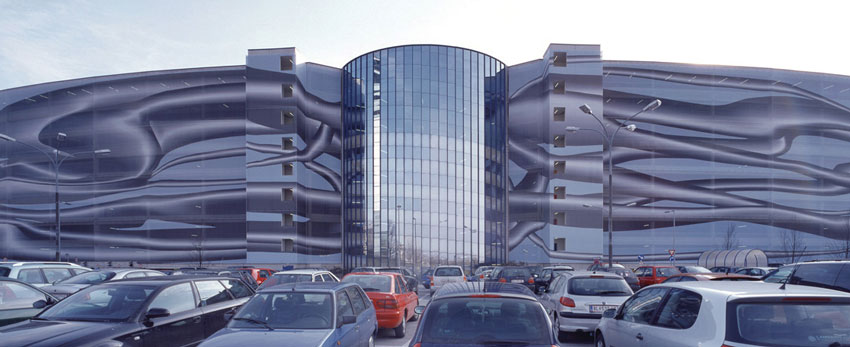
Recently, there has been a tremendous interest and awareness, among the architects as well as the project developers towards making their projects energy efficient, and to obtain the green building certifications and Leeds ratings.
While choosing building materials one has to keep a number of issues in mind, to ensure that the norms for green buildings are met.
Reduce heat ingress
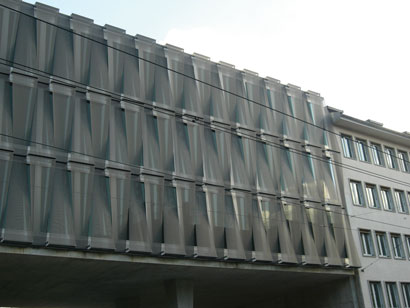
Allow Natural Light
Allow natural light inside the premises to reduce the need for artificial lighting during the daytime.Lightweight
The material chosen should be lightweight to ensure reduced transport requirements to bring the material to site, and to reduce use of energy required in handling and installation at site.Easy Deconstruction
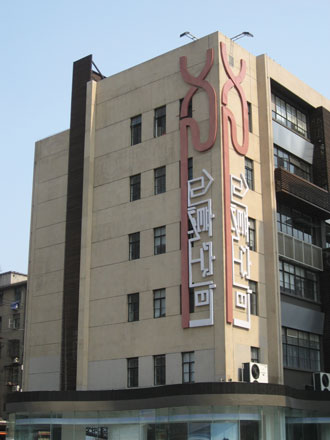
Recyclable
The material should be recyclable, not causing environmental problems in terms of disposal of the material at the end of its lifecycle.Now the million-dollar question is where to find such a building material, which satisfies all the above criteria. The answer is Textile Architecture. Fabric membrane is now known as the 5th building material after wood, glass, stone & metal. Architects in Europe have realized more and more the benefits of textile architecture, and are now using it extensively in various interior as well as exterior applications.
In the past few years architects in India are also awakening to the tremendous benefits offered by Textile Architecture combining all the above requirements with many additional benefits like dynamic forms, light structural design, graphic customization, illumination effects, etc.
A wide range of fabrics suitable for diverse applications are available for exterior applications such as membrane roofs, textile facades, awnings & canopies, gazebos, tents, shade-sails etc. and interior applications such as roller & vertical blinds, false ceilings, acoustic wall coverings, etc.
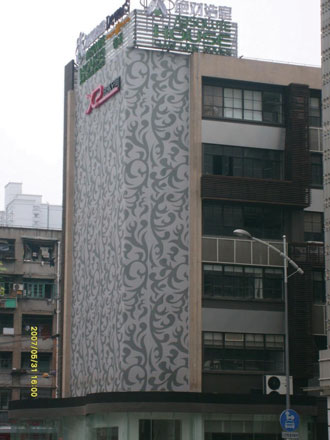
A recent survey in USA shows that thousands of birds die every year as they crash into the reflective glass wall not realizing they are flying into a wall, and this is another reason reflective glass facades are now being considered environmentally unfriendly. The most effective solution is to use clear glazing, which will reduce the cost of glass and use an external skin of textile mesh creating a textile facade, which reduces the heat penetrating inside the premises by up to 75%, and reduces energy consumption for cooling tremendously. At the same time allows natural light, allows external view, and can additionally be used as a medium of communication to display graphics, logos or just advertising, as the same can also be digitally printed. It also allows a beautiful play of lighting & illumination, bringing the facade alive in the night. The textile facade solution can also be very effectively used to facelift existing buildings, without any structural changes, at low cost and high speed, giving overnight, a completely new look to the old building, maintaining the natural light, external view, air ventilation, and reducing incoming heat.






